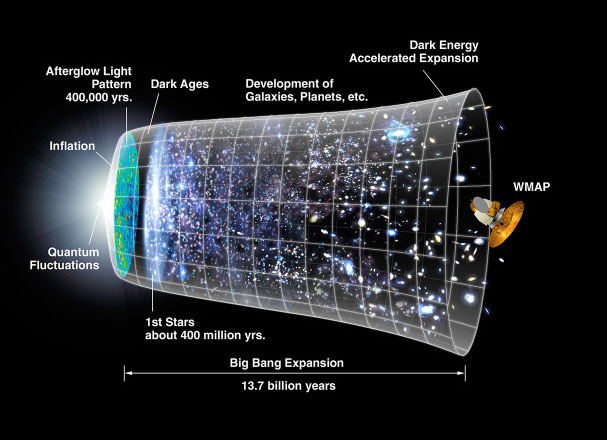One arrow of time to rule them all?
Ars Technica » Scientific Method 2014-11-04

Time is something we're all very aware of. On my desk, I have no less than four devices that insist on telling me the current time. Despite this exactitude, we have very little idea about what time is and why it has only one direction, and it has turned out to be a remarkably difficult question to answer.
Like all good questions, this one lingers, like the contents in the back of a fridge. It haunts our dreams and desperately awaits someone strong enough to brave the mold and scrape out the pot.
Time and the laws of physics
What is this stuff called time, anyway? No one really knows. It's so embedded in our experience that we can measure its passage more accurately than just about anything else. But compared to spatial dimensions, we know nothing. Take, for example, the expansion of the Universe. This is space—the thing that provides room for us to move—getting larger. Somehow, space is stretching out and becoming bigger. This expansion occurs as a function of time, but... why is time not stretching out as well? Indeed, why is time even separate from space? Why can we turn left or right in space, but not turn "future" or "past" in time? It's simply an enigma.
Read 12 remaining paragraphs | Comments